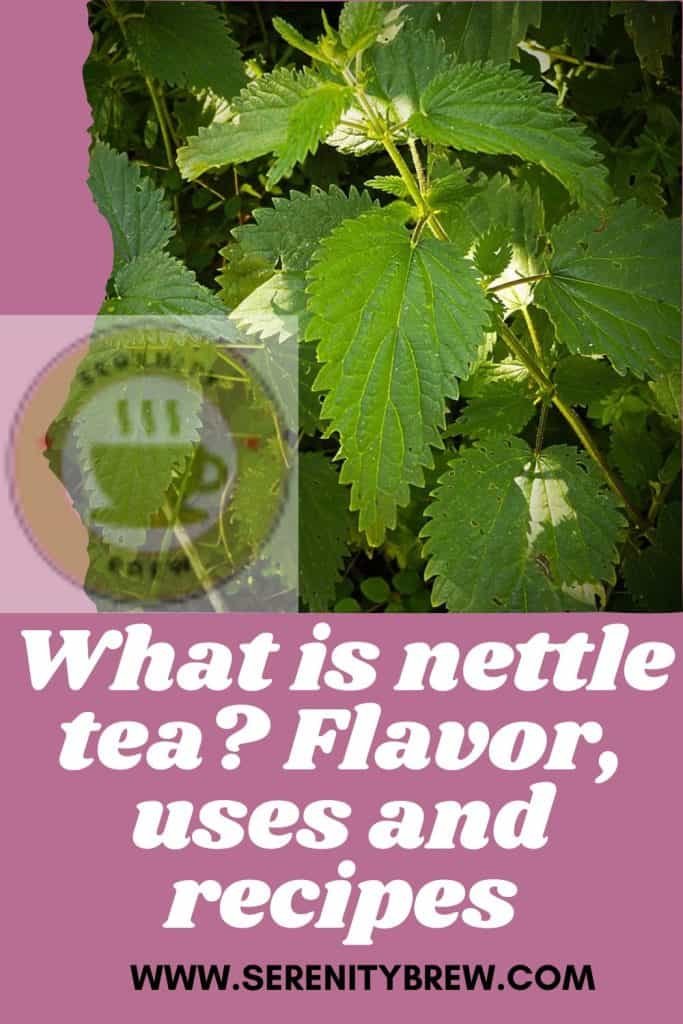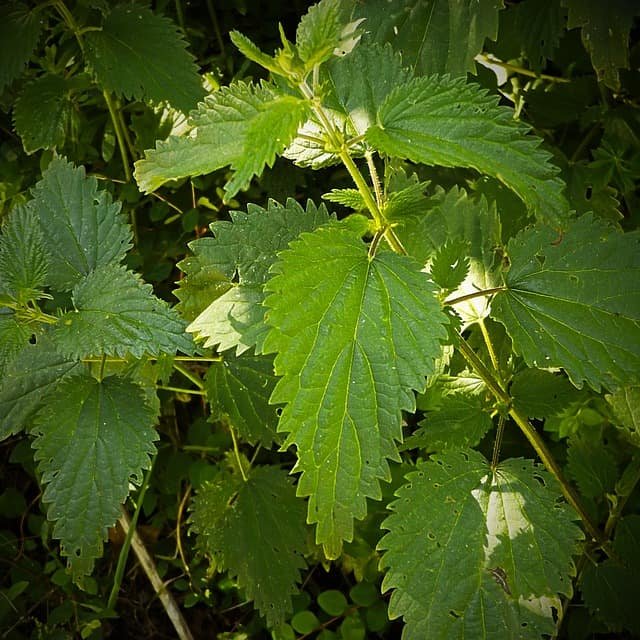
The nettle (Urtica dioica), so rare in the garden, has great medicinal virtues. For many years this specific plant has been used as a nettle tea , food, juice or extract for various types of cures and against a large number of ailments of all kinds. Especially popular is the nettle herbal tea, which can easily be prepared on your own. It is used, among other things, to treat urinary and prostate problems, gout, respiratory diseases and hay fever.
This wild herb is not only used in the kitchen: many nettle preparations are also found in cosmetics and natural medicine. Various species of nettle are used for its production. If the nettle leaves are dried, crushed, cooked or watered, they lose their caloric value and can be eaten without fear. The medicinal effects of nettle have already been the subject of numerous clinical studies.
Nettle tea: the essentials in a nutshell
To prepare a beneficial nettle infusion, the young leaves of the nettle (Urtica dioica) must be harvested before they flower. Pour a pint of boiling water over a handful of fresh herbs or 2-3 tablespoons of dried herbs. Due to its diuretic and anti-inflammatory effect, this infusion is mainly used for cystitis and urinary tract infections.
What are the effects of nettle infusion?
Green nettle tea for what it is used for
The substances contained in nettle, particularly flavonoids, have a draining (astringent) and antibacterial effect. For this reason, nettle infusion is mainly used to eliminate water stored in the body’s cells (for example, after a prolonged course of cortisone or in the case of cellulite). The draining effect is also indicated by the beauty industry to “purify” and “detoxify”.
By increasing urine production, which stimulates the kidneys, it manages to help eliminate toxins more quickly (for example, after prolonged use of medications). Washes with green nettle tea infusions clean and strengthen the urinary tract thanks to the potassium they contain. A study has also shown that nettle extracts can reduce the symptoms of an enlarged prostate (benign prostatic hyperplasia).
Picked nettle leaves for tea
Nettle: a herb in the garden, a medicinal herb in medicine
An infusion of nettle can also have a desensitizing effect in hay fever due to the histamines it contains and reduce itching and sneezing. The vitamins (especially A and C) and trace elements contained in nettle support health and the immune system. The immune effect of nettle is even much higher than that of the well-known echinacea, and it has many more benefits. Finally, tea is not only healthy, but it is also a cool and spicy food. It is very easy to harvest the plant in your own garden and process it in just a few steps.
How good is nettle?
Nettle tea: tips for use
Although nettle root infusion is mainly used to treat prostate problems , an infusion of the leaves has proven effective in treating urinary tract diseases. An overview of the main areas of application:
- Debugging: the nettle infusion is used internally to stimulate metabolism and remove toxins from the body. That is why it is often used in fasting and spring cures.
- Urinary Tract Irrigation: This home remedy can help with early cystitis and other urinary tract infections.
- Skin inflammations: Nettle has also been shown to be a medicinal herb for skin problems. The applications of wipes soaked in cooled nettle infusion soothe acne and skin irritations.
- Rheumatic pain: the substances contained in nettles have an anti-inflammatory effect and should relieve rheumatic pain.
- Hay fever: Eating corsi can have a desensitizing effect and reduce allergy symptoms such as itching and sneezing.
dried nettle leaves
The nettle infusion is best prepared fresh, but it is also possible to use the dried leaves to prepare it.
How do you prepare a nettle tea?
Preparation of nettle infusion: tips for harvesting
To prepare the nettle infusion fresh, you can use both fresh and young grass and dry. For therapeutic reasons, it is advisable to harvest the nettle leaves shortly before the beginning of flowering: March to May is the ideal time to harvest. Be sure to wear gloves when harvesting to protect yourself from the stinging hairs. For a spring nettle tea cure, it is best to snip fresh nettle leaves daily. In autumn, when the nettles grow again after the summer cut, you can repeat the cure.
Tip: The herbs can be dried with special care if you hang the shoots in bunches upside down in a dark and ventilated place. You can also dry the nettle leaves on a gauze cloth. Store dried herb away from light in tightly closed containers until use.
Collection of nettle leaves for tea
Nettles are collected fresh from the garden. For an infusion, let them rest for a few minutes in hot water. Preferably opt for organically grown nettle.
How to prepare nettle tea for the prostate?

Preparation of nettle tea for the prostate
For a fresh nettle infusion, pour 500 milliliters of boiling water over a handful of fresh, young nettle or two to three tablespoons of dried nettle herb. Leave to infuse covered for three to five minutes and then strain the leaves. The tea can be drunk hot or cold with sugar or honey. If you do not want to collect nettle leaves yourself, you can also buy the dried herb at a pharmacy.
